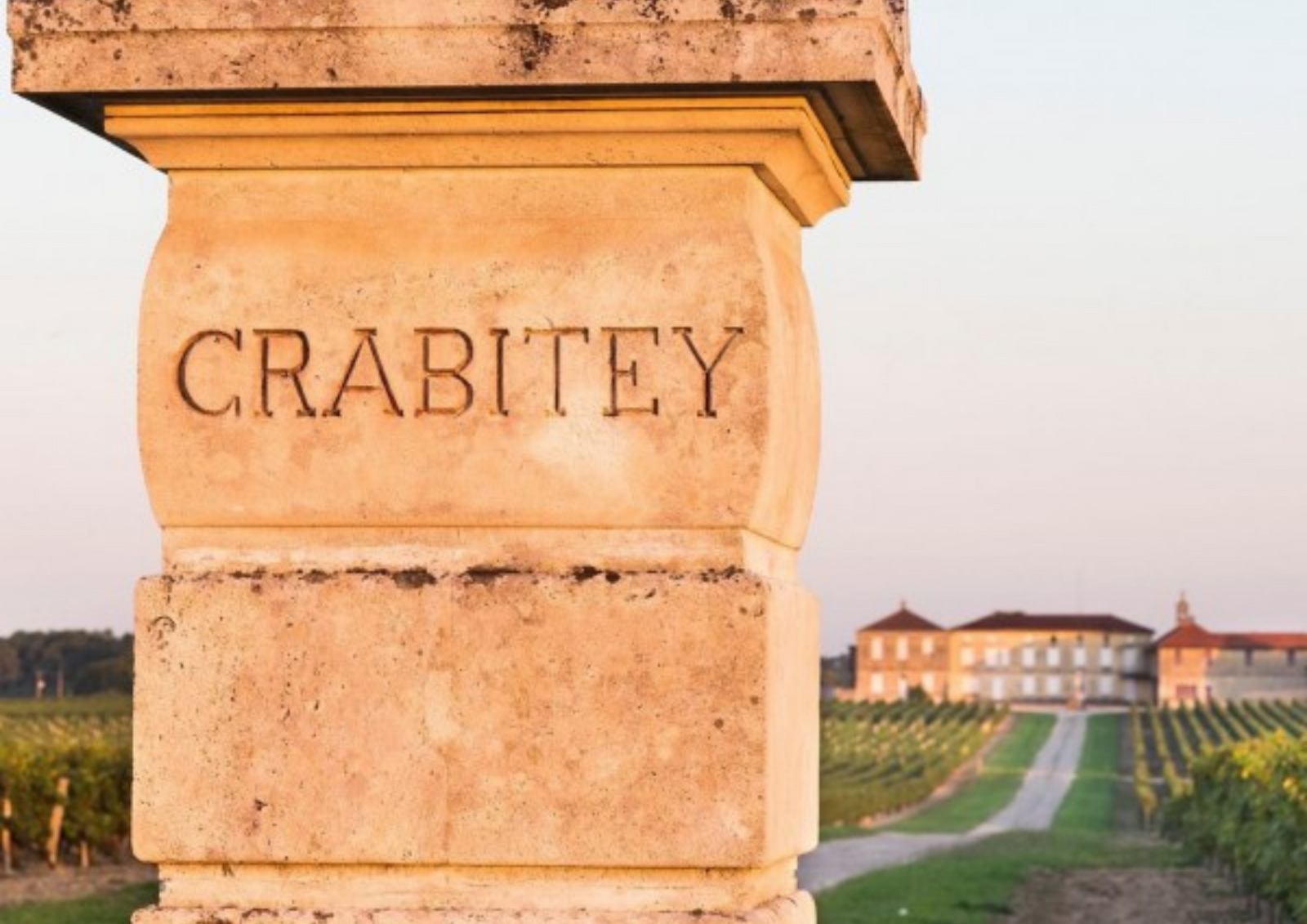Your Cart is Empty
Having enjoyed orange wine ( not from oranges !)in New York last week , was looking forward to inviting the girls around to share the experience.
I buy almost all of my wine at Whelehans and the service, help and expertise of the staff is excellent. Also beside each wine is information as to it's grape(s) variety, country of origin and sometimes a comment from a member of staff which is so helpful. I do have a few favourites that I purchase every time including the Rioja below. Altogether buying my wine at Whelehans is always a happy and enjoyable experience!
Very nice white wine. I enjoyed it both ways. Simply having a glass with friends while we chatted and equally well while eating a lovely meal with my husband. Subtle on the pallet and no sharp after aftertaste. I wish people would tell you that! Would highly recommend. Enjoy...drink sensibly.








